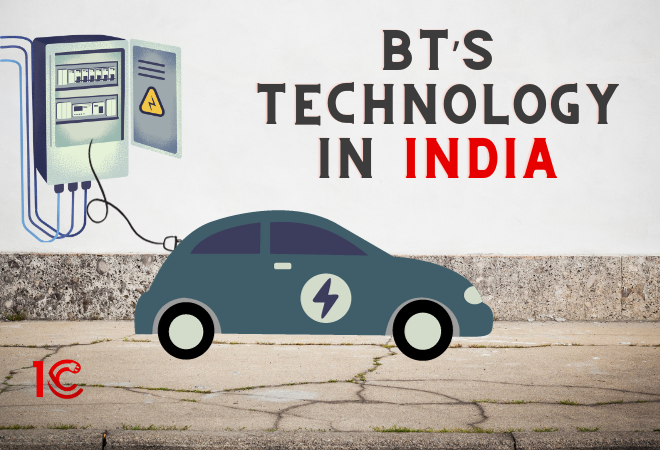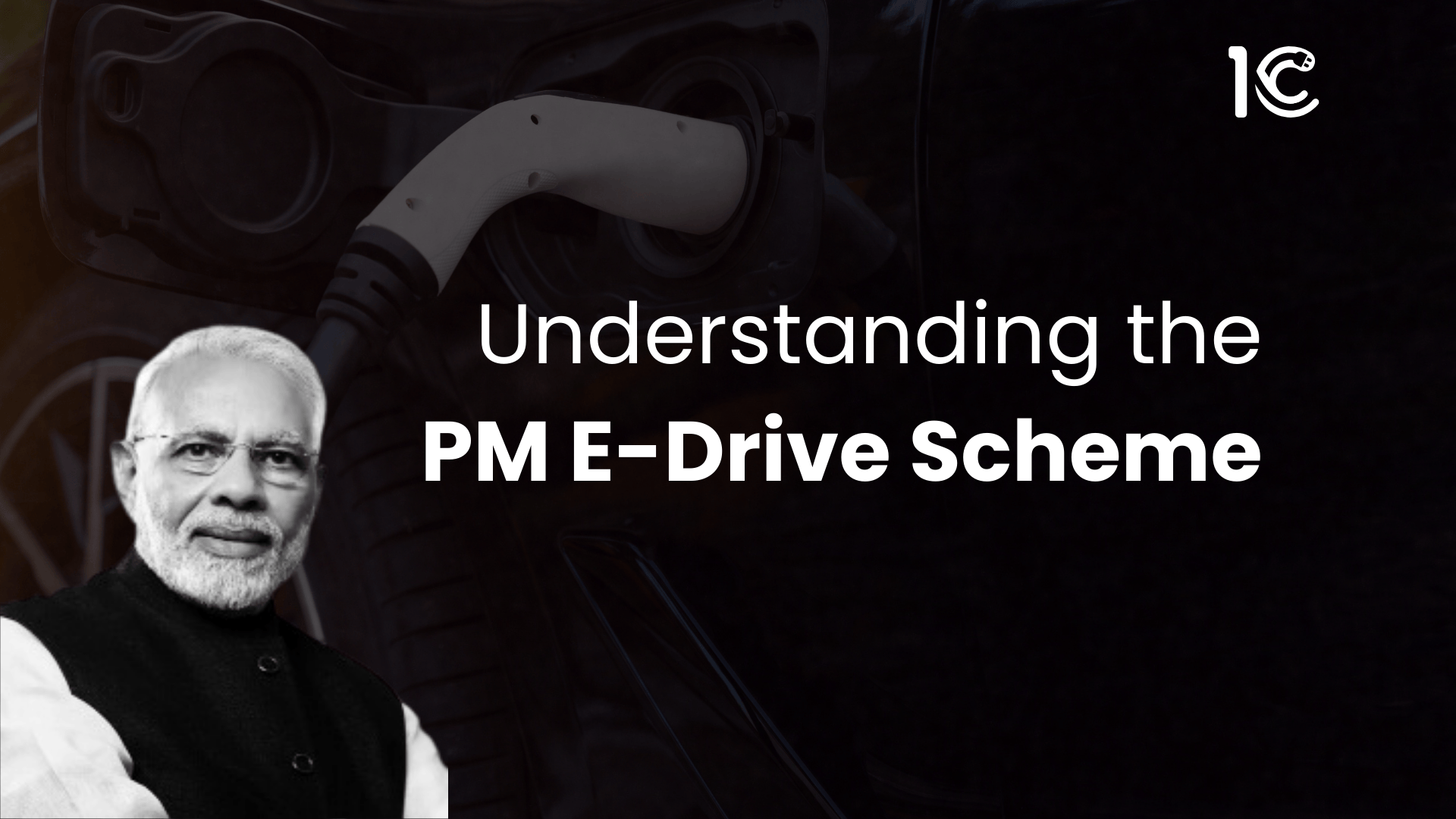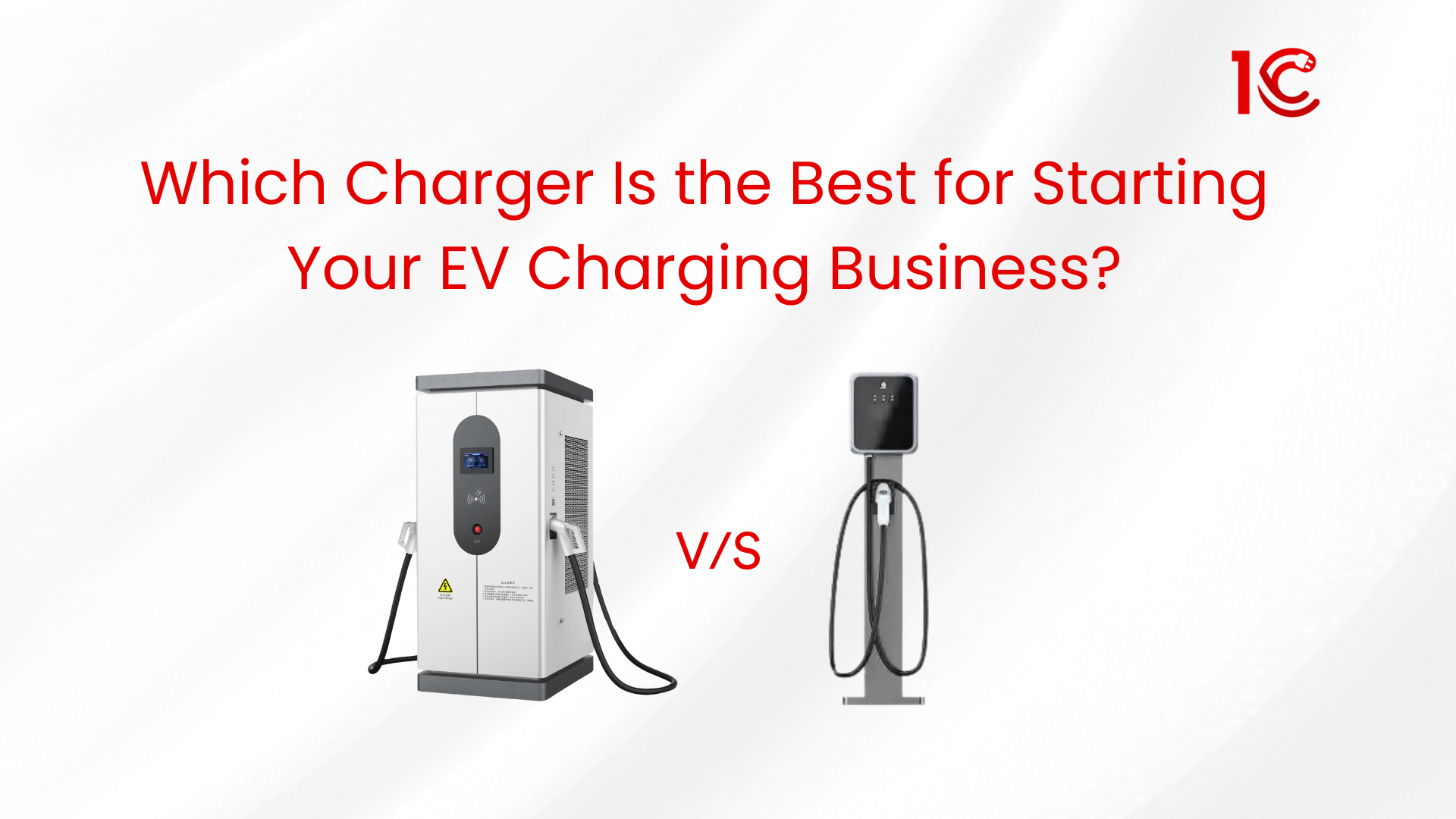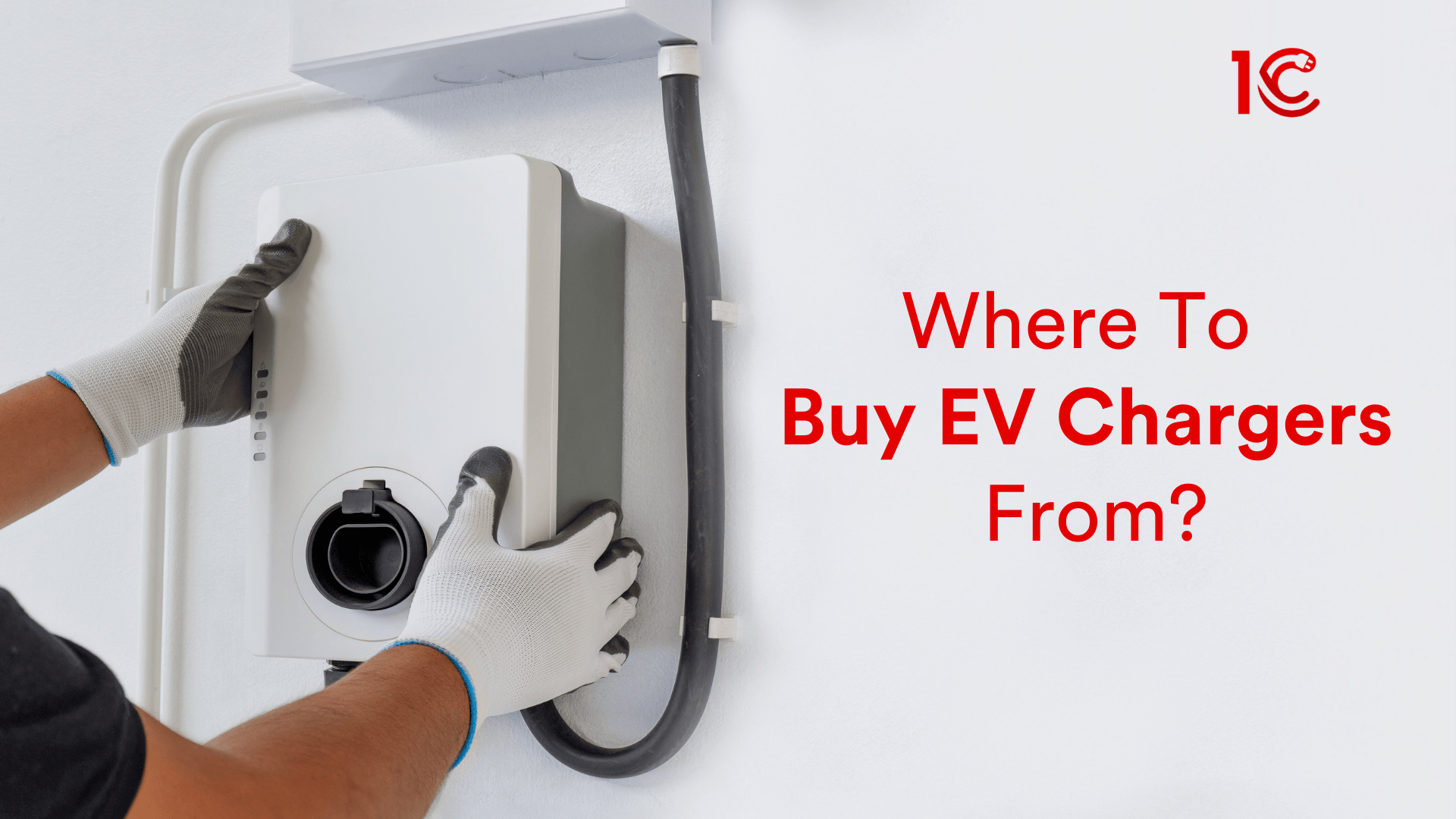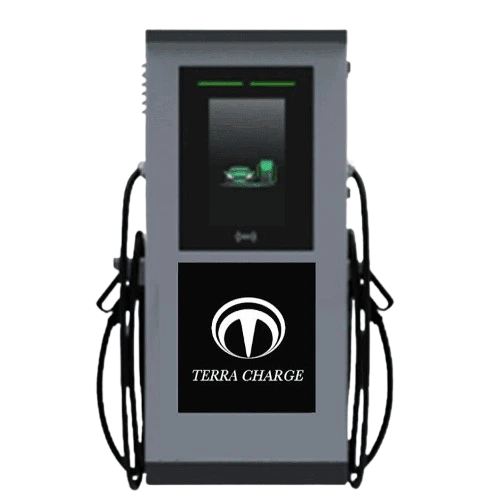BT's Idea of Converting Street Cabinets into EV Points in India
UK’s biggest telecoms group, British Telecom, is converting its street cabinets into electric vehicle charging points. The move is in response to a need for road charging stations, discouraging potential EV buyers. At present, there are 53,906 EV charging points in the UK, with the government aiming to increase this to 300,000 by the 2030s. British Telecom (BT) plans to start a pilot project in East Lothian, Scotland, by retrofitting existing metal cabinets traditionally used for broadband and phone cabling. The initiative aims to make EV charging more accessible, with BT collaborating with local councils to address the issue. The company intends to retrofit up to 60,000 cabinets, contributing to the UK’s efforts to address the shortage of electric car chargers.
Converting Street Cabinets into EV Charging Points Possible in India?
The success of BT’s technology in India is dependent on several factors. While the concept of converting street cabinets into EV charging points holds promise, its future viability in India depends on addressing key considerations.
Positive Aspects of Converting Street Cabinets into EV Charging Points
- Potential Solution to Charging Infrastructure Gap: If India faces challenges similar to the UK regarding a shortage of EV charging points, BT’s technology could help bridge the infrastructure gap by repurposing existing structures.
- Contribution to EV Adoption: Enhancing the accessibility of EV charging points aligns with India’s push towards electric mobility, potentially encouraging greater adoption of electric vehicles.
- Collaboration Opportunities: Collaborating with local authorities and government bodies could facilitate smoother implementation, ensure regulatory compliance, and address region-specific challenges.
Concerns and Considerations Related to Converting Street Cabinets into EV Charging Points
- Power Infrastructure Compatibility: The effectiveness of the technology relies on the compatibility of existing power infrastructure with the increased demand for EV charging. Upgrades may be necessary in some areas.
- Public Awareness and Acceptance: The success of the initiative hinges on public awareness and acceptance. A robust communication strategy is essential to inform and engage the public in the benefits of this technology.
- Cost-Benefit Analysis: A thorough cost-benefit analysis is crucial to assess the economic feasibility of retrofitting street cabinets. Balancing setup costs, maintenance expenses, and potential revenue generation is essential.
- Regulatory Adherence: Strict adherence to local regulations and standards is imperative to ensure safety, performance, and compliance with EV charging infrastructure guidelines.
- Scalability: Designing the technology to be scalable is essential to accommodate the increasing demand for EV charging points as the popularity of electric vehicles grows.
India's EV Growth Articles to Read:
Conclusion
While BT’s technology shows promise, its successful future in India depends on meticulous planning, collaboration with stakeholders, and addressing technical and regulatory challenges. A strategic and well-executed implementation, considering the unique context of India, could contribute significantly to the country’s electric mobility goals. Continued monitoring and adaptation based on local needs will be crucial for long-term success.
Related Articles >>>
Understand the evolution of transport from horse carts to electric vehicles and explore how EVs are driving us toward a greener future!
Key considerations for successful EV charging infrastructure planning: site selection, utility integration, installation, and operational efficiency.
An authoritative guide to bust the most common myths about electric vehicles, making it easier to understand the real benefits of EVs.
Understand the powerful synergy between renewable energy and EV charging stations, shaping a cleaner and more sustainable future. Read on to learn more.
Can EVs really save the planet? Learn more about the environmental benefits and challenges of EVs, and how they fit into a larger sustainability strategy.
The PM E-Drive Scheme is a major step for driving the growth of EVs in India. Learn more about how it will impact the EV industry, businesses & consumers.
Looking to start an EV charging business? Learn which charger — AC or DC — is best for your budget, location, and customers. Read more now!
Looking to buy an EV charger but unsure where to start? As the EV market booms, finding the right platform for a reliable, high-quality charger is essential. In this article, we compare three leading options: Amazon, IndiaMART, and 1C.


